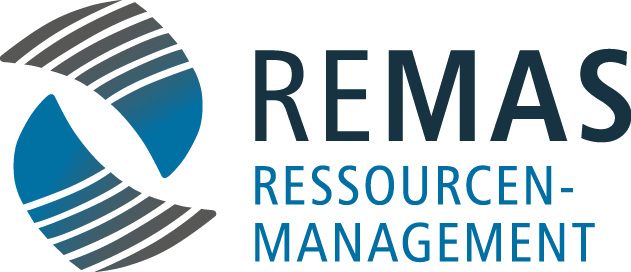Introduction and Objectives

The requirements to realize automated driving in urban areas are complex. More research and development is needed in several fields, including automotive, information and communication technologies, computer science and traffic engineering. The development efforts by various actors have to be combined to jointly simulate and test new solutions.
Important resources to implement this include test vehicles (connected and automated cars and commercial vehicles) as well as infrastructure components in test corridors, but also development and simulation tools, driving simulators, test facilities and the corresponding data and documents. These resources, and the services, processes and interfaces connected to them, have very heterogeneous functionalities. Often they are separated on spatial, temporal and organizational levels.
In order to bring together the development activities and testing efforts in corridors on an interdisciplinary level, these resources have to be adequately connected. The collaborative research project REMAS addresses these challenges and sets the scientific and technological foundations in the context of highly-automated urban traffic. This includes functionalities for the support and real-time coordination of complex test drives involving several vehicles and for the system monitoring of the research infrastructure, as well as the integration of distinct simulation environments by means of a novel simulation middleware. In addition, a cooperation platform is created on which system requirements, development roadmaps, simulation models and test scenarios can be jointly developed, exchanged and applied for tests.
REMAS will exploit knowledge on systems, methods and technologies and trigger their further development towards new products and services. The project helps the Saxon economy to unlock innovation potential in the areas of automated and connected driving as well as intelligent transport systems.
